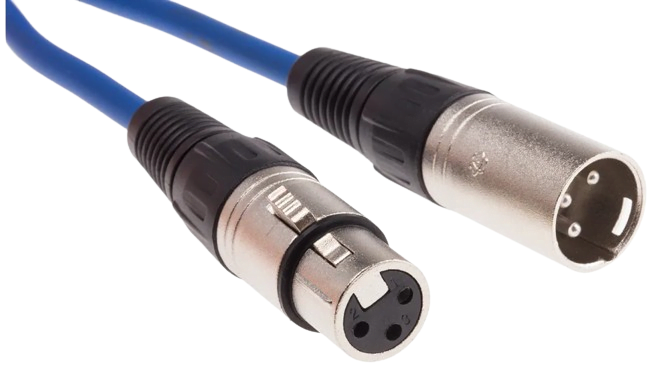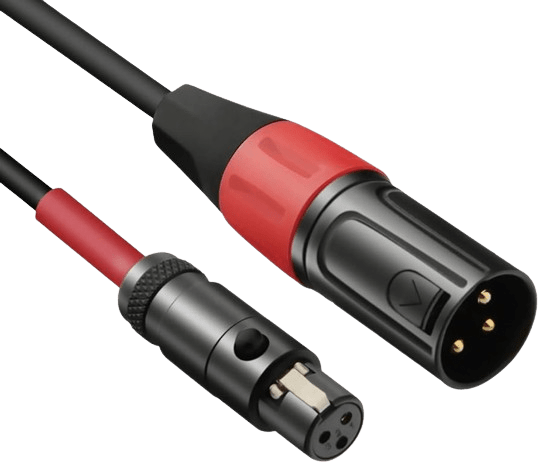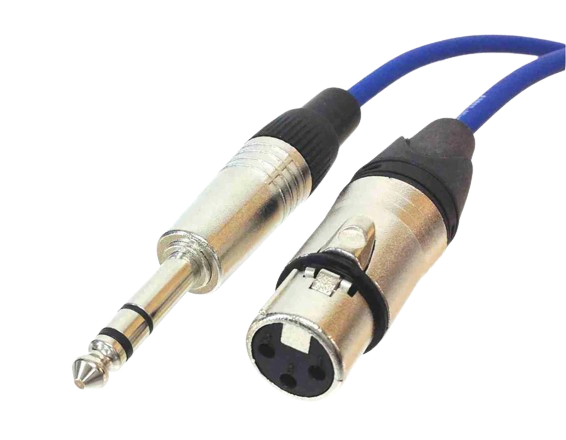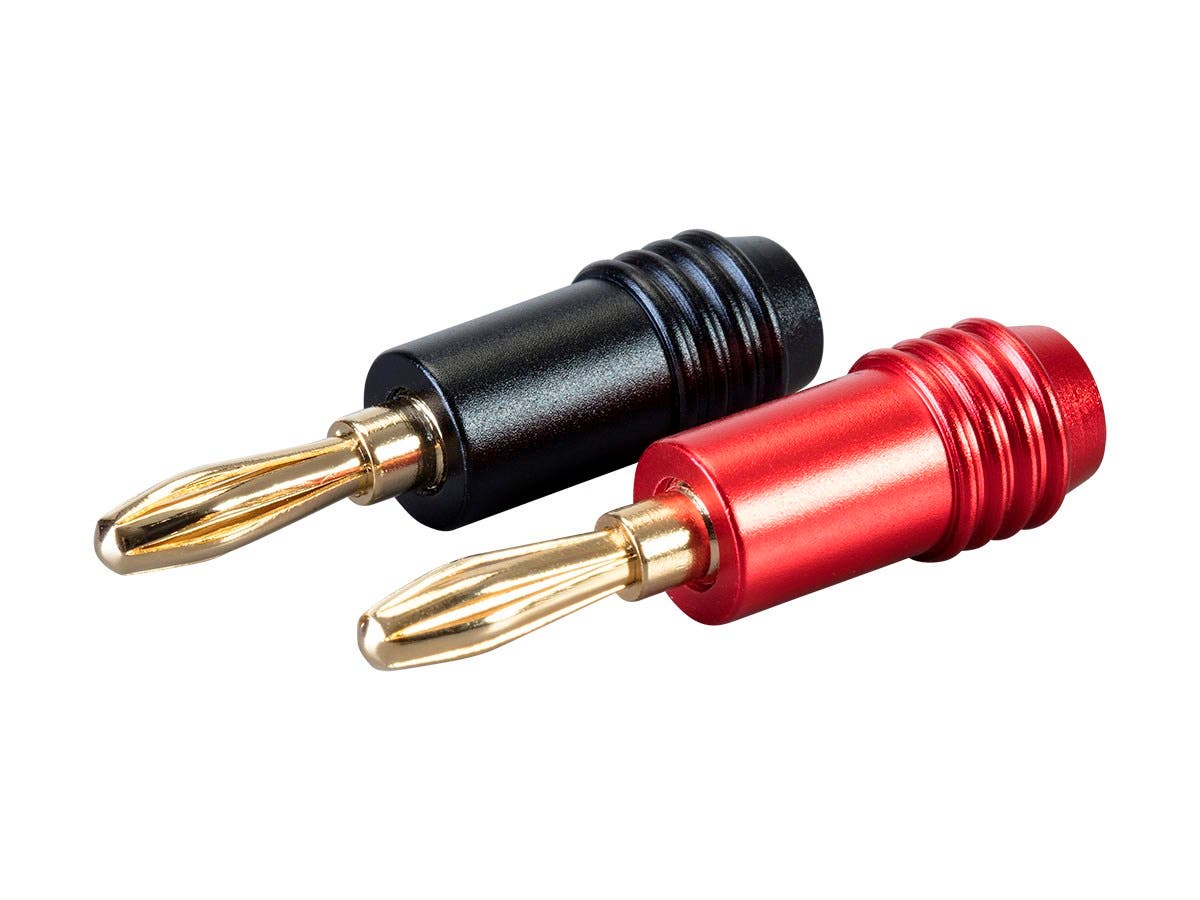Broadcast Solutions

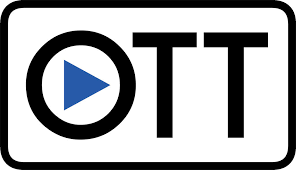
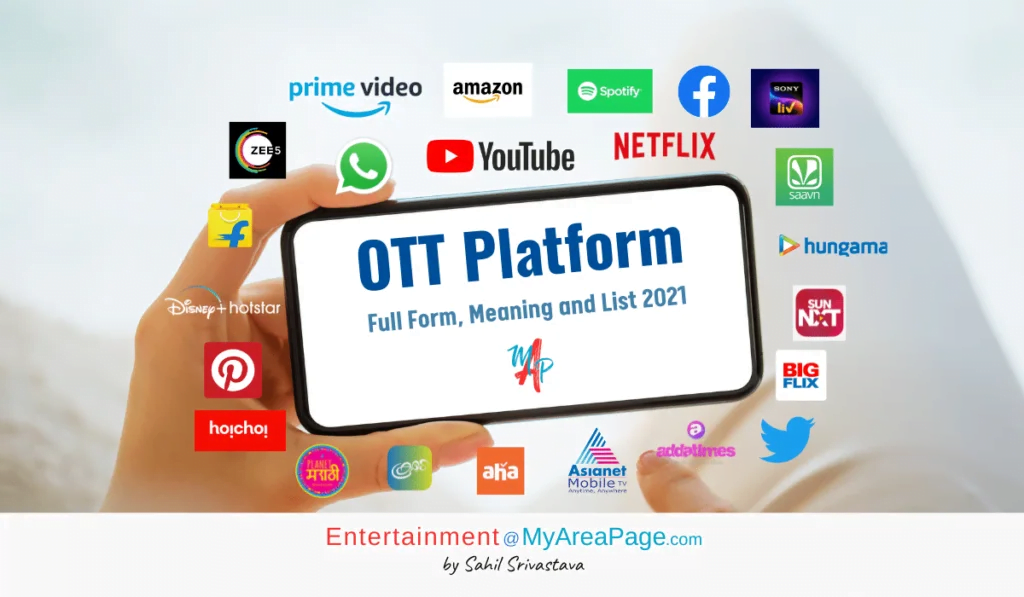
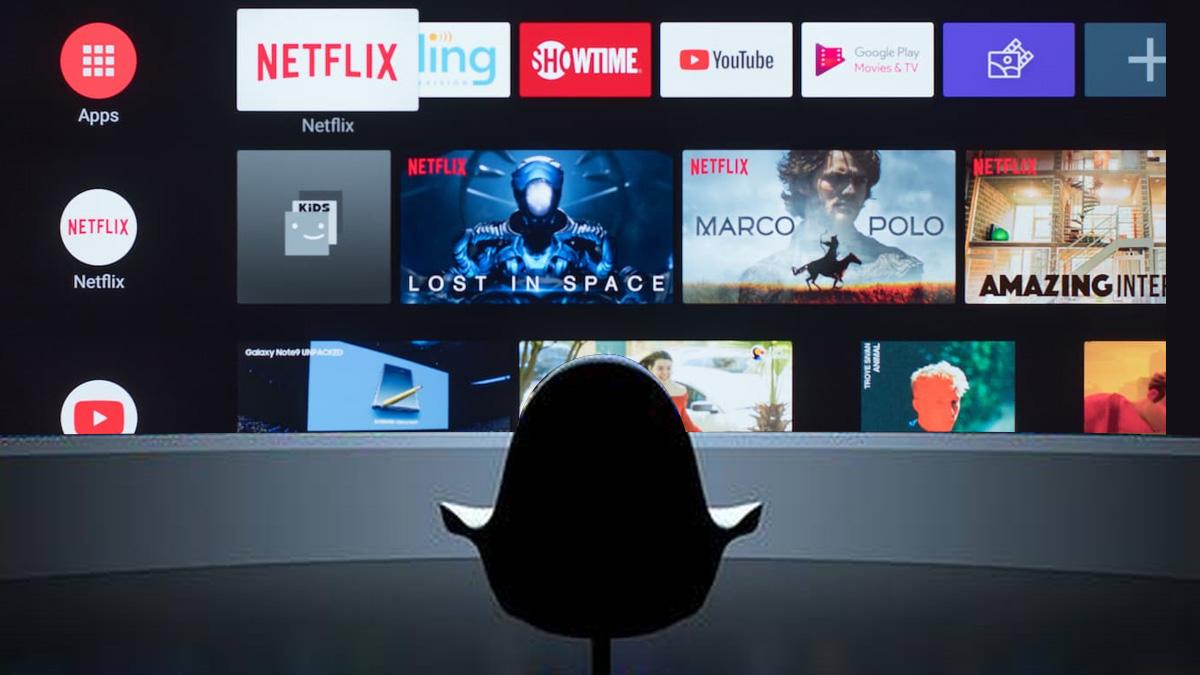
Over-the-Top (OTT) technology
SDI
- The Standard Definition SDI, established in 1989 as the SMPTE 259M standard, facilitates the transmission and reception of video and embedded audio at bit rates ranging from 177 Mbps to 270 Mbps, predominantly for 480i and 576i formats.
- In 1998, the High Definition SDI, defined by SMPTE 292M, emerged to transmit and receive video and embedded audio at a rate of 1.5 Gbps, primarily supporting 720p and 1080i formats.
- Introduced in 2000, Enhanced Definition SDI, specified by SMPTE 344M, operates at a bit rate of 540 Mbps, catering primarily to 480p and 576p video formats.
- Dual Link HD-SDI, released in 2002 under SMPTE 372M, employs dual 1.5 Gbps links, totaling 3 Gbps, and is designed for the 1080p video format.
- In 2006, 3 Gbps SDI, outlined in SMPTE 424M, was introduced, transmitting video and embedded audio at a bit rate of 3 Gbps, mainly for the 1080p video format.
- The 2015 release of 6 Gbps SDI, following SMPTE ST 2081, supports video and embedded audio at a bit rate of 6 Gbps, primarily for 1080p at 60 frames per second and 2160p at 30 FPS.
- Also in 2015, the 12 Gbps SDI, as per SMPTE ST 2082, was introduced to transmit video and embedded audio at a bit rate of 12 Gbps, primarily for 2160p video formats at 60 FPS.

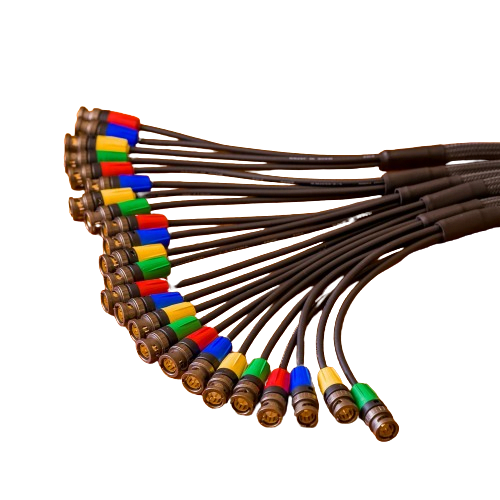
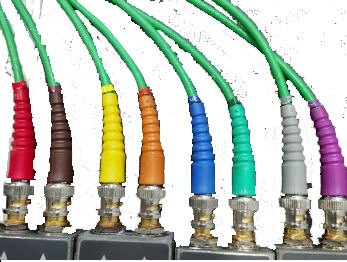
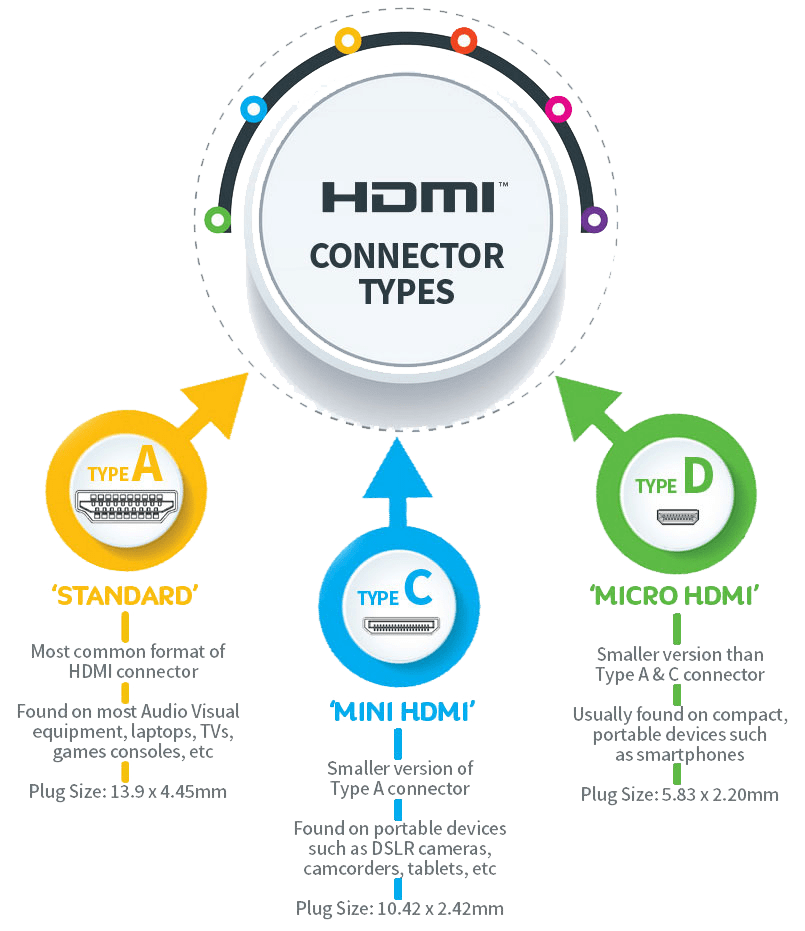
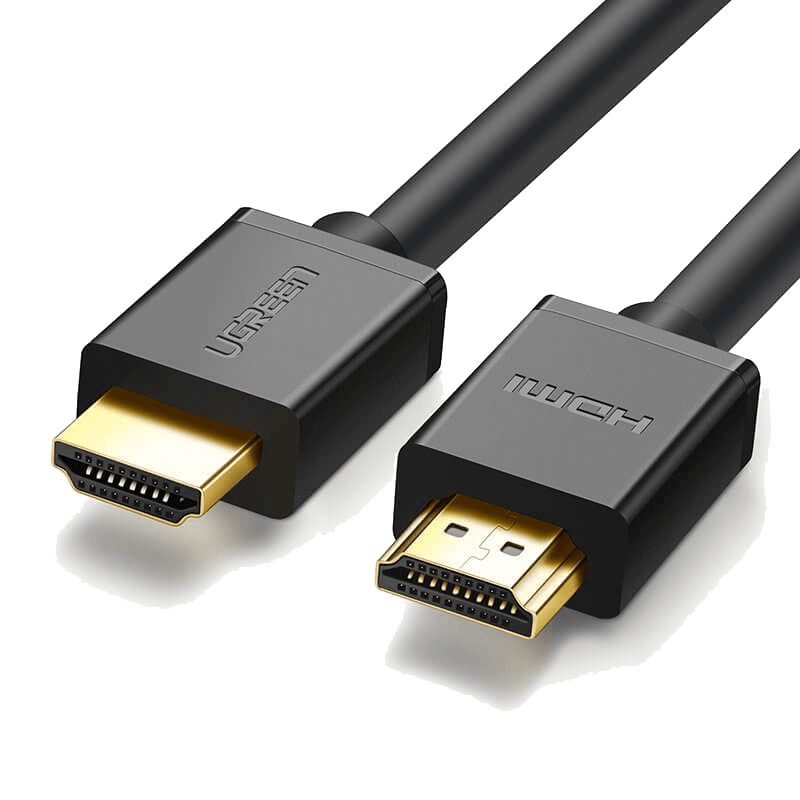
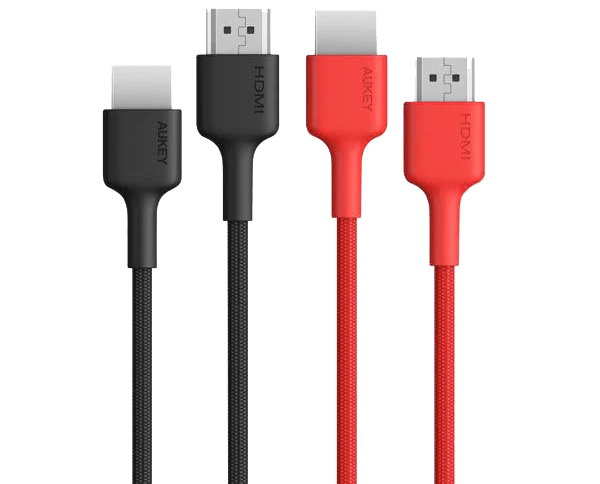
HDMI
HDMI, which stands for High Definition Multimedia Interface, is the predominant high-definition signal used for transmitting both audio and video through a single cable. Widely utilized in both commercial AV setups and households, HDMI connects various devices like digital TVs, DVD players, BluRay players, gaming consoles, and streaming devices like Apple TV.
While traditionally associated with home entertainment, HDMI is now increasingly integrated into laptops and PCs, making it a standard choice for corporate and commercial markets. Its applications extend to education, presentations, digital signage, and retail displays, facilitating the transmission of high-quality audio and video signals between devices.
The standard 14mm version of the HDMI connector, known as ‘Type A,’ is available as either a plug or male connector on the cable. Typically, HDMI cables have plugs at both ends, with Type A sockets on AV devices like TVs, Blu-Ray players, and gaming consoles.
The Type A connector is the most common and is found on the majority of audio-visual equipment, including professional distribution devices like HDMI distribution amplifiers, matrix devices, and signal switchers. Additionally, there are smaller HDMI versions—HDMI Mini (Type C) and HDMI Micro (Type D)—suited for compact devices like smartphones and tablets.
Despite its widespread use, HDMI has distance limitations. When employing Category 1 ‘standard’ HDMI cables, it’s advisable to limit lengths to around 10 meters. For longer distances, high-grade Category 2 cables can be used, allowing successful transmission up to 15 meters.
Audio
Types
- ANALOG
- DIGITAL
- DANTE (IP)
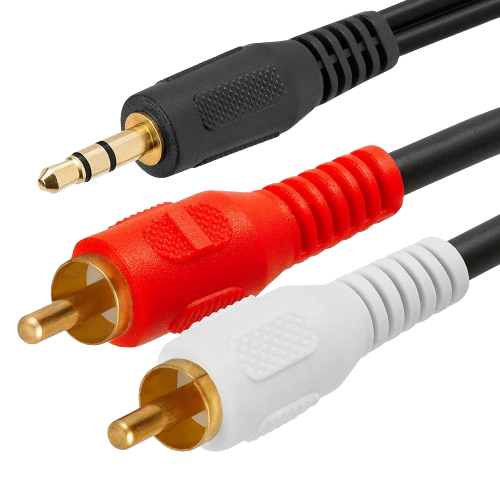
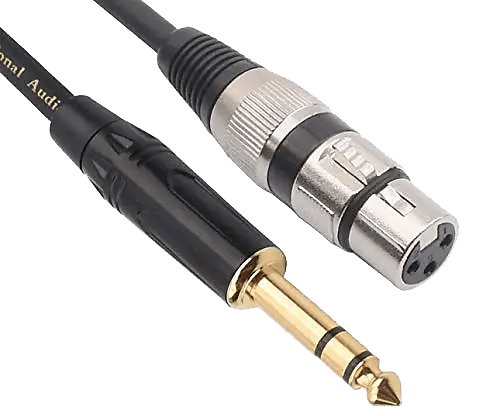
¼-inch (6.3mm) and ¼-inch TRS
3.5mm
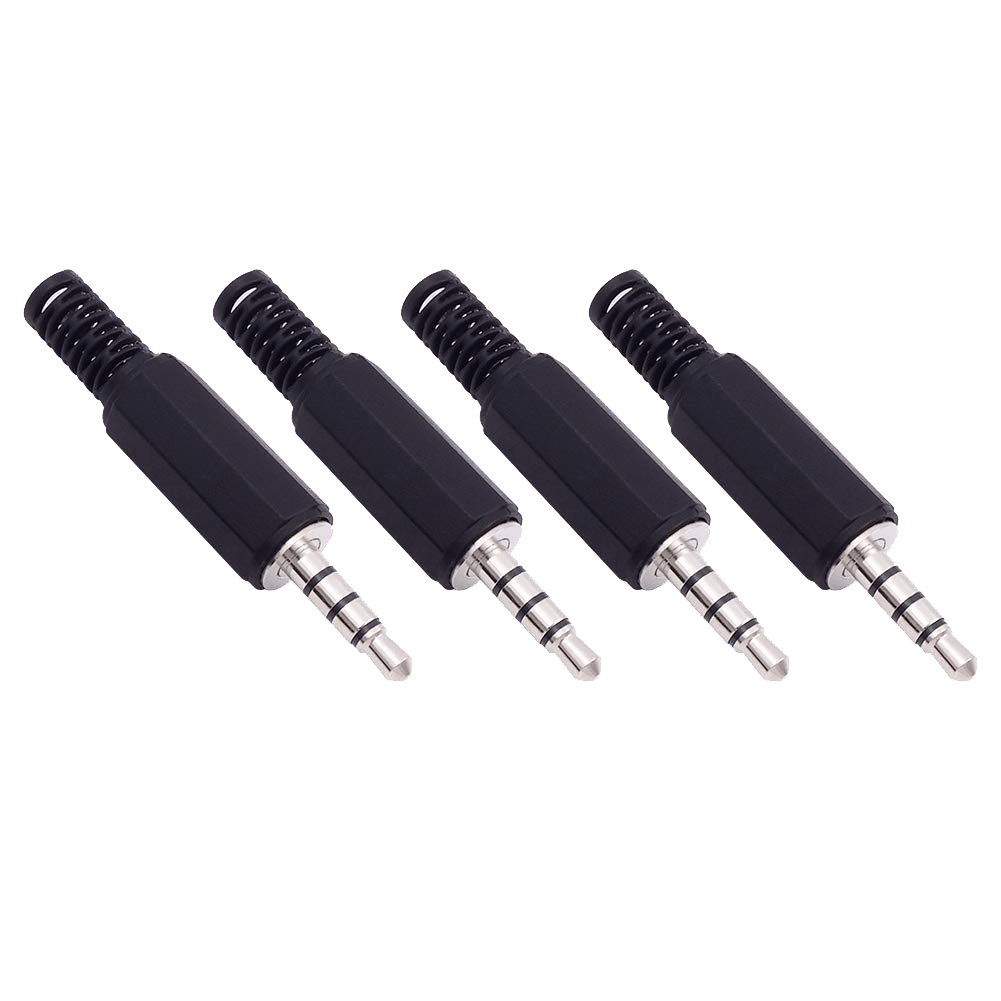
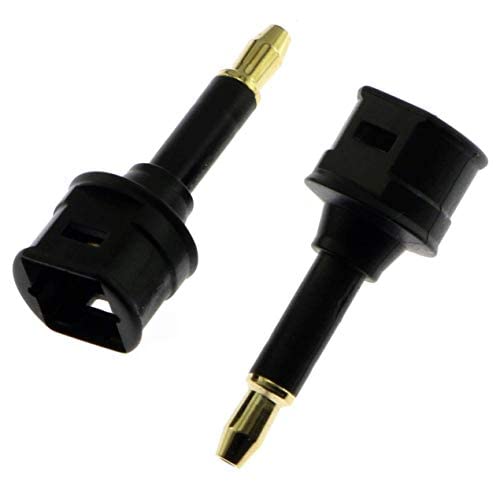
3.5mm Optical Mini Plug
RCA
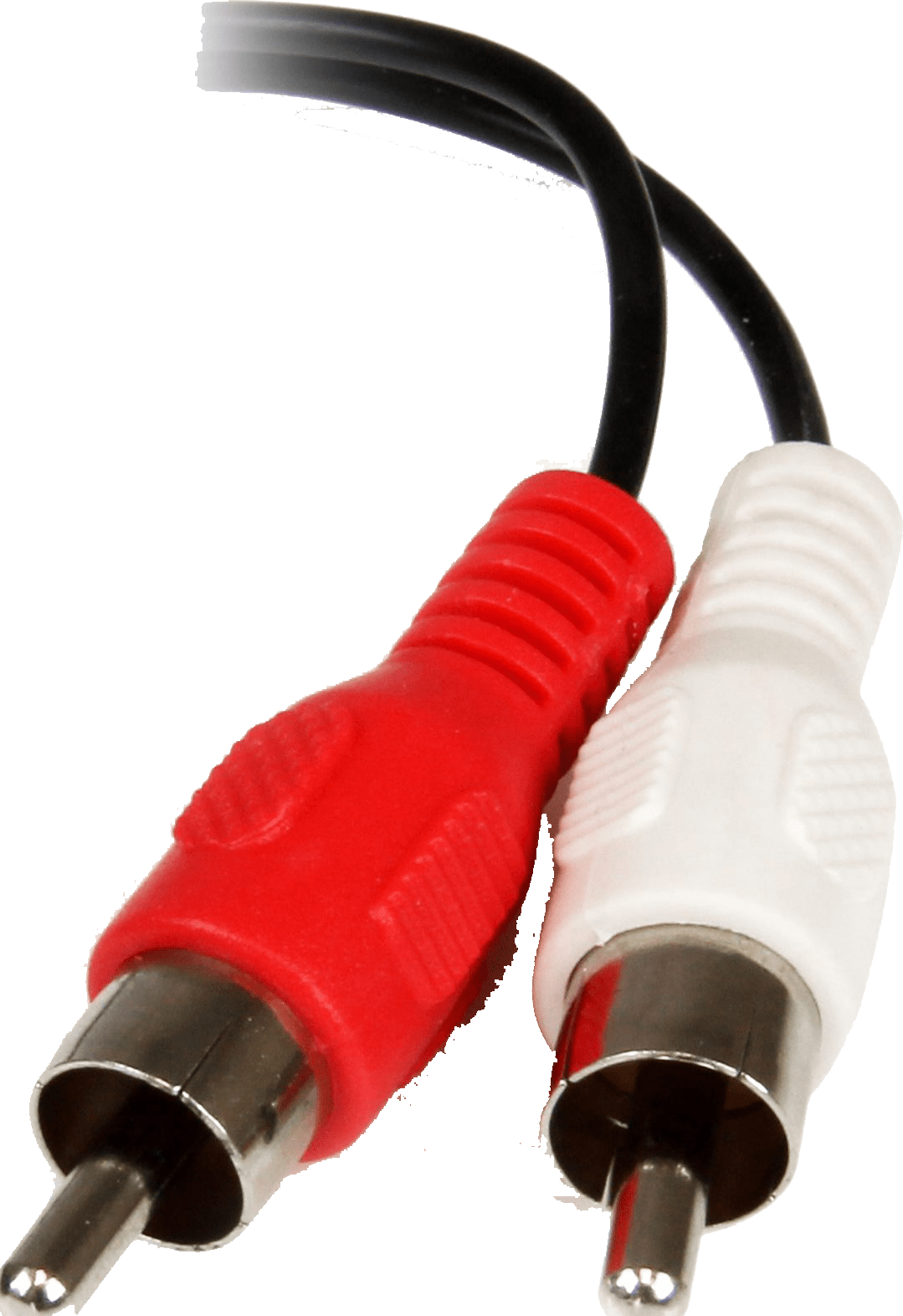
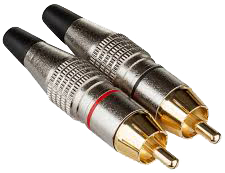
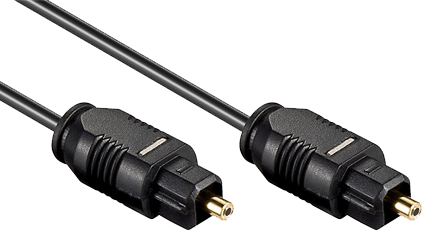
TOSLINK
XLR
